On November 29, translator, “big tree” in the Vietnamese philosophical research community, Mr. Bui Van Nam Son and Doctor of Philosophy Truong Trong Hieu came from Ho Chi Minh City to Hanoi to talk about philosophy. This was an event organized by the CUCA Independent Art Research, Education and Practice Model and left a lot of impressions on the attendees.
For many philosophy enthusiasts, the name Bui Van Nam Son is no longer strange, but not strange here is only talking about academics, but meeting directly is still a thousand miles away. And this is also the content of this article, when we do not talk about Bui Van Nam Son but only talk about CUCA, from a certain perspective, speaking very humbly, CUCA's activities are truly meaningful bridges in intellectual activities in general.
The reason for emphasizing this is because during the survey process to write this article, for many people, the meaning of having a direct conversation with monuments like Bui Van Nam Son is sometimes more prominent than what they learned from him. That is to say, to imagine that the influence and connecting role of CUCA here, sometimes, is beyond the thoughts of CUCA itself.
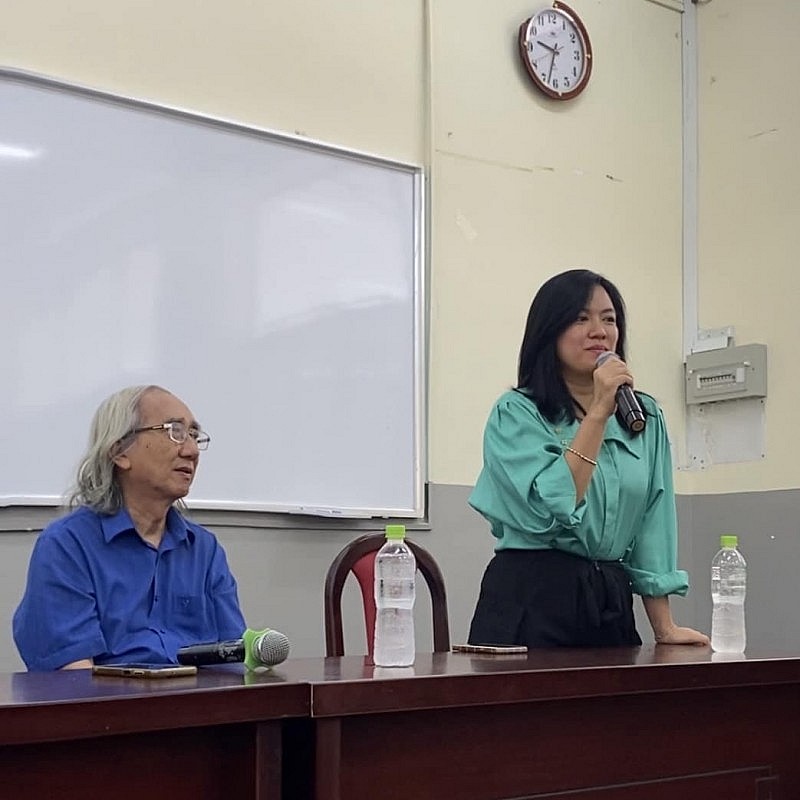 |
| Visual artist Pham Dieu Huong and writer Nhat Chieu at the scientific event: Art and spiritual purification. |
CUCA was founded in September 2012 by visual artist Pham Dieu Huong and painter Bui Duy Trung. If we do not count CUCA's birthday, this milestone probably does not stick with anyone. However, if we pause our thoughts for today to go back to the past, we will see that just a few years ago, 2024 was a completely different world in terms of social context, in the broadest sense.
At that time, although no longer an oasis, Vietnamese contemporary art was still quite isolated from the outside. To talk in detail about how isolated it was would be a long story, but overall there were very few channels of contact with the world so that the community could learn, study and even more so, research.
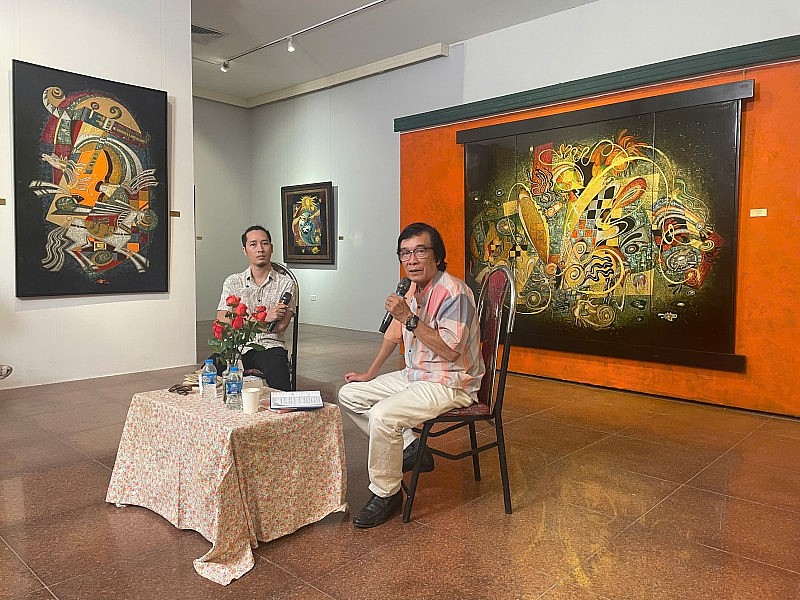 |
Artist Bui Duy Trung (left) and artist Hung Khuynh at the Art Talk Hung Khuynh: 40 Years of Creative Journey organized by CUCA in September 2024. |
For the public, art and contemporary art in big cities of Vietnam, for example Hanoi with institutions like the University of Fine Arts or the Museum of Fine Arts… are still something distant and cold. Other activities such as books and newspapers about art in general, even if they are original in foreign languages, let alone translated, are very few in Vietnam. The consequence of this reality is that many people who are first curious, then love art do not have the opportunity, even simply to know, then learn, then come into contact with what is happening outside, even if it is the most basic, the most fundamental things of Western art and culture. The general attitude is very lonely and lost!
It is necessary to sketch it out just to say that the meaning of CUCA's presence in that context is very different compared to the present time. "A rich and diverse art community" is one of the many goals of CUCA's founders. And, during the 12 years of operation, from the initial seeds, from the first steps, according to CUCA, "guerrilla, field, streamlined art classes, promoting the suitability and effectiveness according to the goals of each stage..." have been organized.
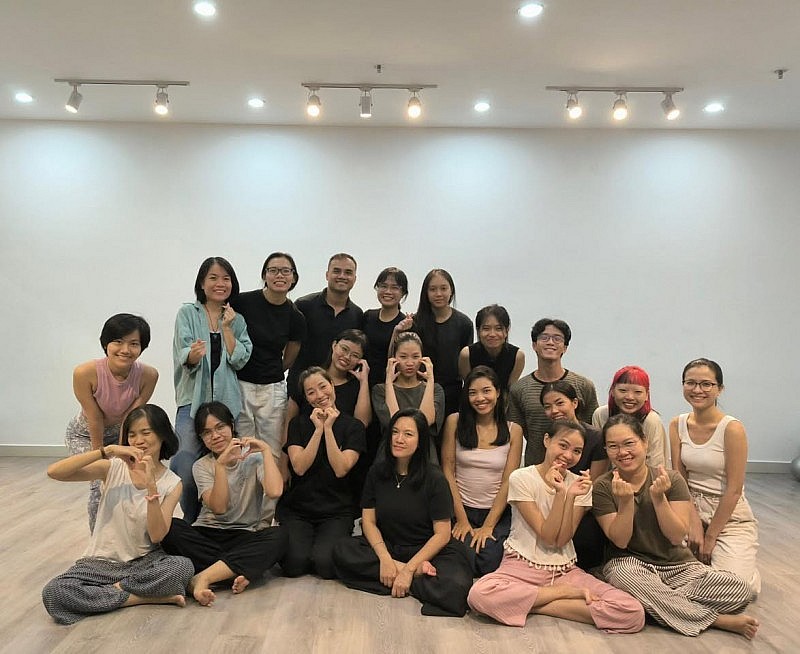 |
Students in the Workshop Cuon Cuon Ngam Ngam, co-organized by CUCA Vietnam and Moving Art Atelier. This workshop is co-instructed by choreographers Pham Dieu Huong and Le Mai Anh on July 16, 2024. |
In Vietnam, CUCA is the first model to provide contemporary theoretical and practical courses. According to visual artist Pham Dieu Huong, at that time, there was not much space for the public to exchange and dialogue with authors and critics, and the public was not interested enough and had the ability to criticize independently. On the other hand, when contemporary theoretical and aesthetic foundations were not yet popular, critics and artists also had difficulty explaining and interpreting their artistic practices, and had difficulty in dialogue with the public, causing the inevitable consequence that the art scene lacked the necessary debates for development.
CUCA representatives were humble in using the words “not many”, perhaps this should be understood as a euphemism when CUCA referred to the context at that time. Because in this period, it was practically impossible to find any activity of such nature and influence.
And naturally, because of its "good reputation", the interested public gradually became aware of CUCA, and then the frequency of activities as well as the fields covered expanded. According to the CUCA representative, at first, this organization focused on educational activities to train basic knowledge of art through contents such as contemporary art theory, series of courses on history and appreciation of visual art, music appreciation, aesthetics; then CUCA expanded to many other topics and fields such as religion, media, philosophy, literature, history; contemporary art practice and experimentation activities, contemporary dance performances, painting - lacquer practice and exhibitions. Along with that are field research activities on art at home and abroad, meetings with artists - experts...
There has not been any preliminary assessment of the direct impact of CUCA on students, and even more so, the indirect impact on the general activities of related fields such as publishing, learning, research, writing... However, as we ourselves feel, and assess through each person very specifically, these influences are quite profound!
It is not natural that there are people who ride their motorbikes about 40km to classes, as well as students from Hung Yen who have come to Hanoi and still have to park their motorbikes somewhere and then take a Grab to get there "because it is very difficult to find a parking space in the inner city"! So the question is, what has CUCA brought to them that they have to go through so much trouble after a tiring day of making a living? It will take a long time to get a complete answer, but it will certainly be a unique and surprising summary.
From his own situation, Bui Van Nam Son once expressed his loneliness in translating philosophy books as “Few friends, long road, evening sky, tired knees!”. But that is the feeling of a 78-year-old man. As for CUCA, the age of 12 is just the time to prepare for youth, the road ahead is still long and, many people still expect from CUCA!
| -CUCA translations: 50 Questions of Contemporary Aesthetics (Marc Jimenez), Leonardo Da Vinci (Walter Isaacson), Van Gogh: The Life (Gregory White Smith and Steven Naifeh), Coordinates: Family and Social Structure of the Jorai (Jacques Dournes), Picasso and the Painting That Stunned the World (Miles J. Unger). - A series of courses on Contemporary Art Theory, Aesthetics, Art History with lecturer Pham Dieu Huong; Lacquer practice workshop in France, painting practice with lacquer painter Hung Khuynh and lecturer Pham Dieu Huong; A series of courses on Classical Music Appreciation with Pianist Trang Trinh; Art Tours to survey and research history - culture - art at home and abroad: Myanmar (2013), Hue (2014), Champa (2015), Phu Nam (2016) and Central Highlands (2017)... |
Source: https://thoidai.com.vn/12-nam-cuca-nhung-dau-an-trong-long-cong-chung-208463.html





![[Photo] Da Nang: Hundreds of people join hands to clean up a vital tourist route after storm No. 13](https://vphoto.vietnam.vn/thumb/1200x675/vietnam/resource/IMAGE/2025/11/07/1762491638903_image-3-1353-jpg.webp)


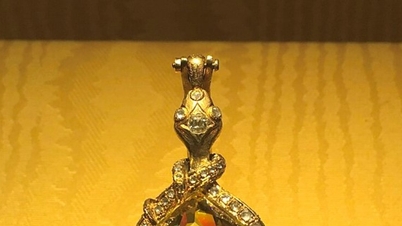



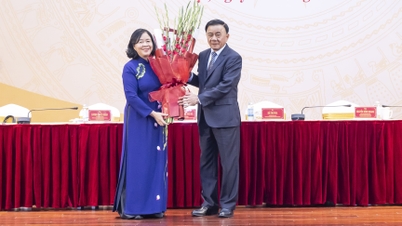






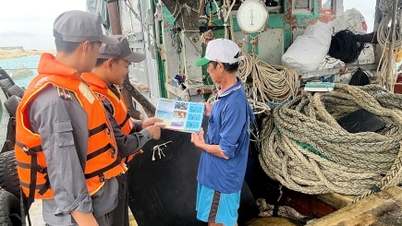
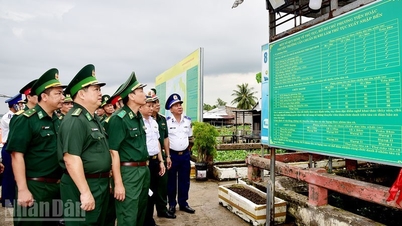







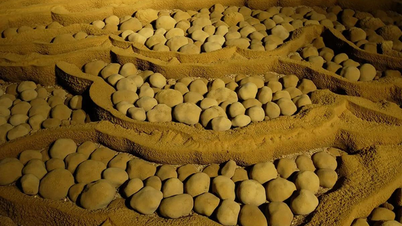






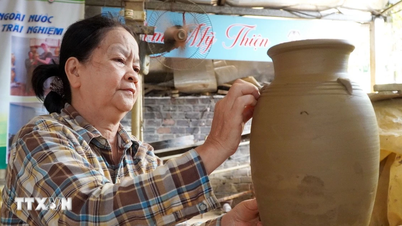

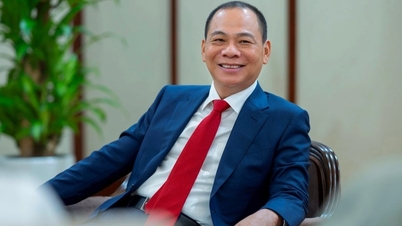

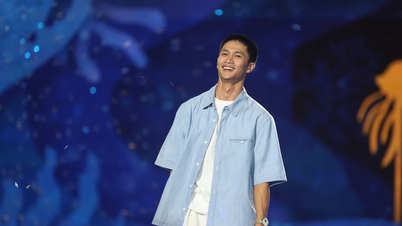

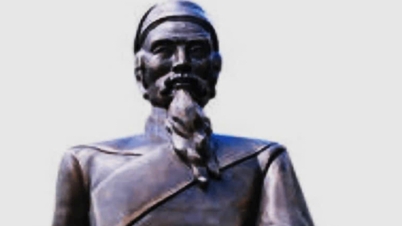

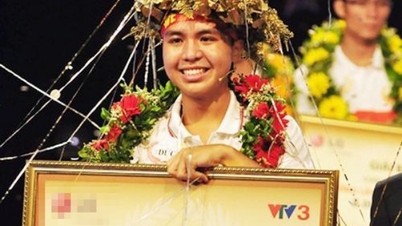



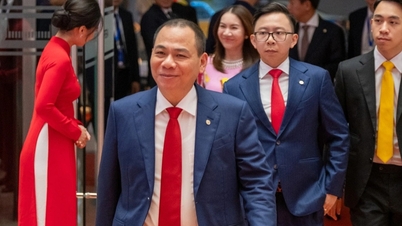


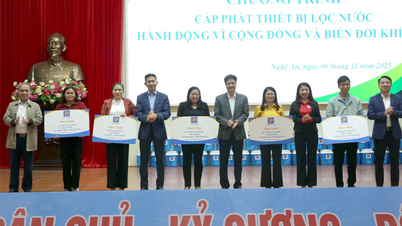


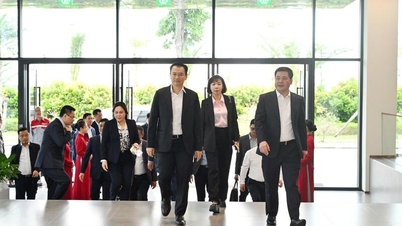
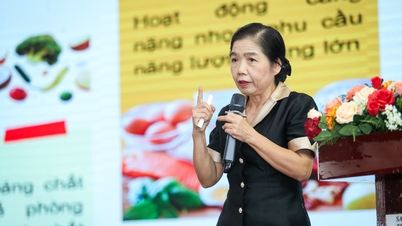


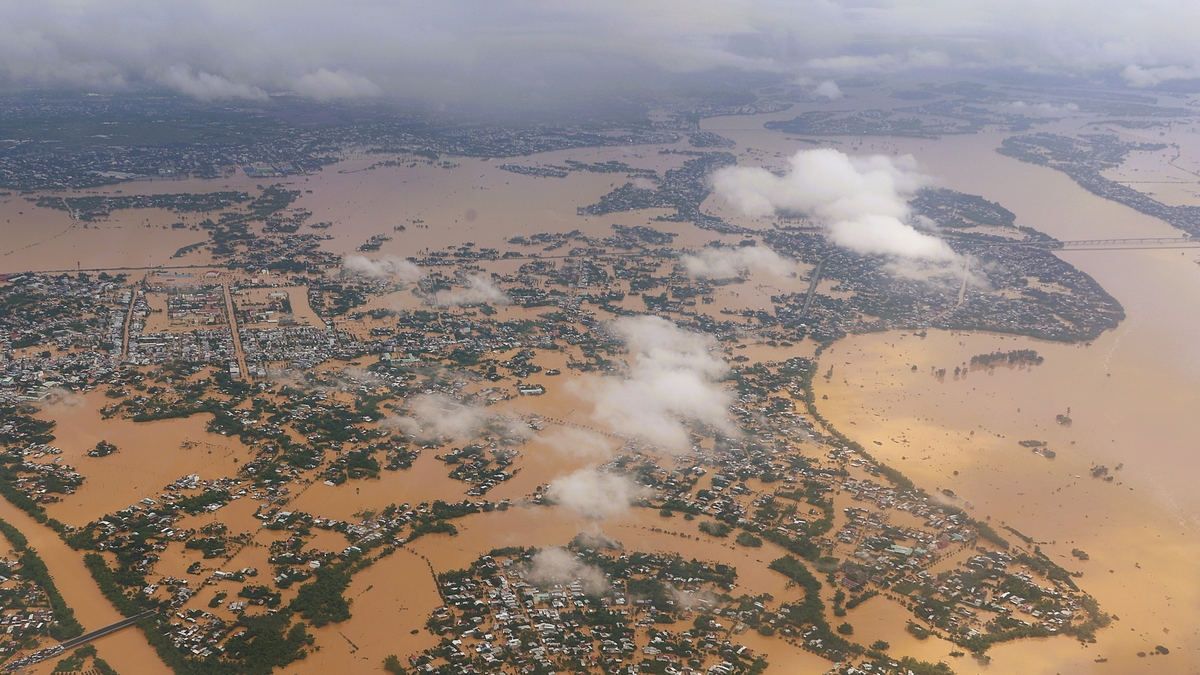




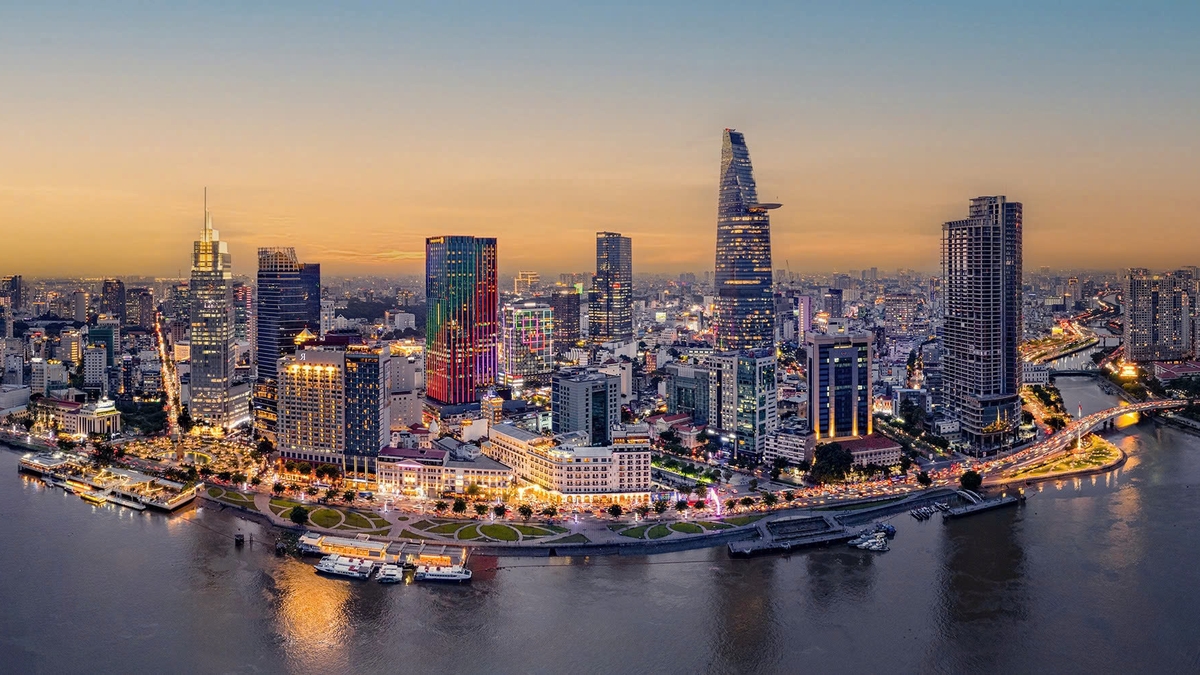
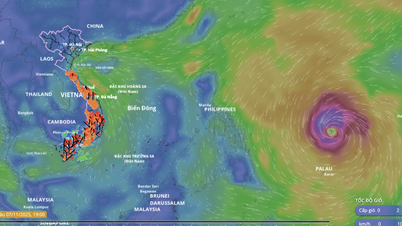




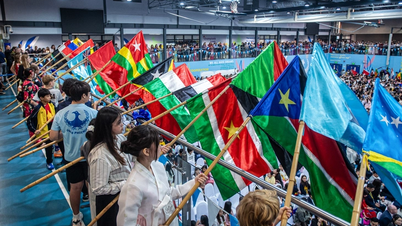




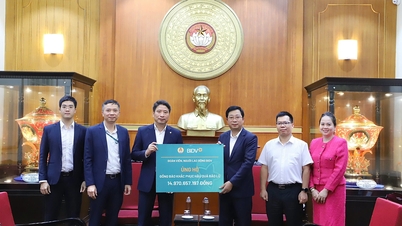

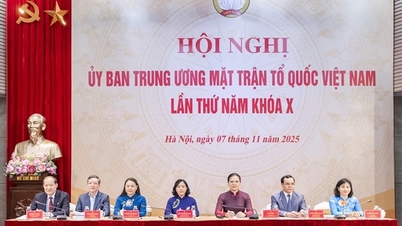
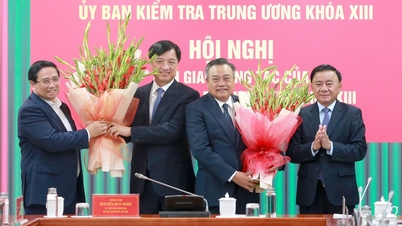
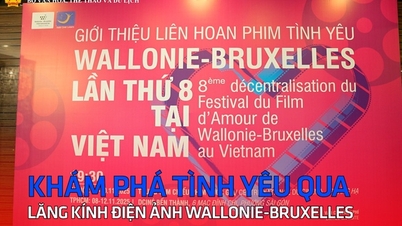



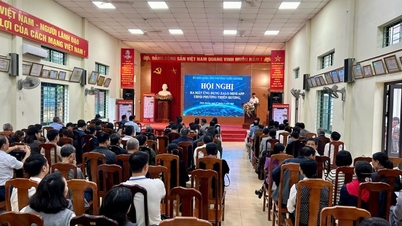





















Comment (0)